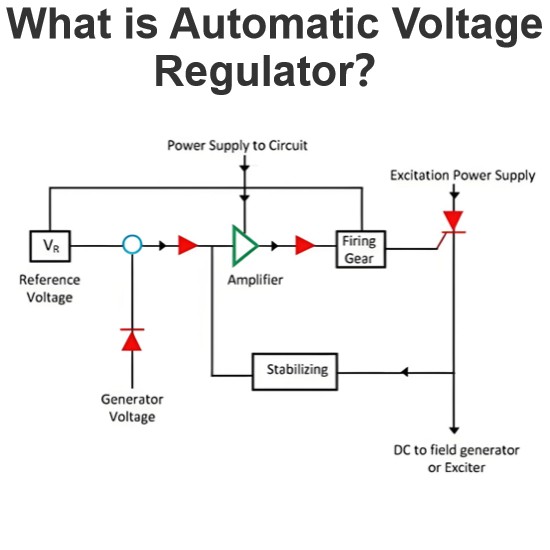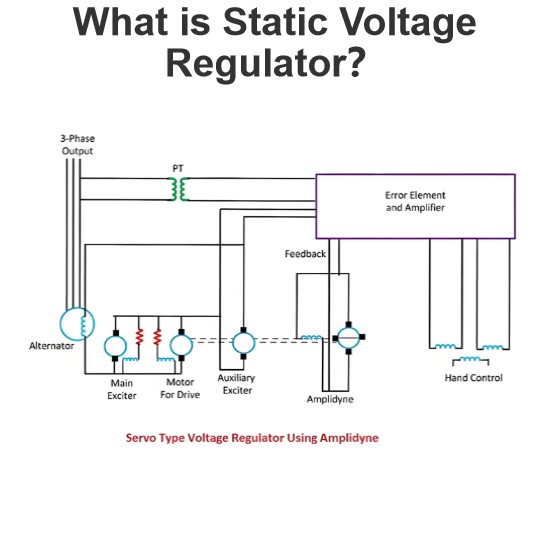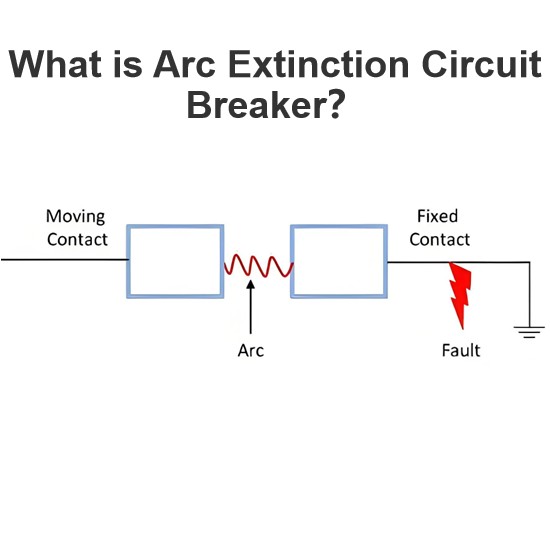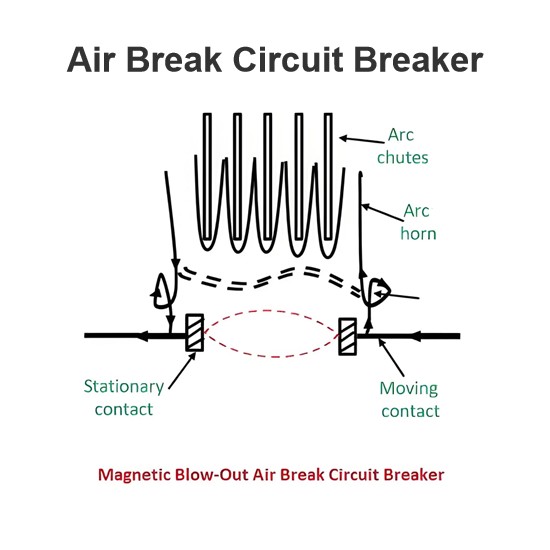How does partial discharge testing improve the reliability of high voltage equipment, and what are its limitations?
How Partial Discharge Testing Enhances the Reliability of High-Voltage Equipment and Its Limitations
Partial discharge testing (PD Test) is a crucial method for assessing the insulation performance of high-voltage equipment. By detecting and analyzing partial discharge phenomena, potential insulation defects can be identified, thereby enhancing the reliability of high-voltage equipment. Below are the specific mechanisms through which partial discharge testing improves reliability and its limitations.
How Partial Discharge Testing Enhances Reliability
1. Early Detection of Insulation Defects
Partial discharges typically occur in small air gaps, cracks, or other defects within or on the surface of insulation materials. These defects may not immediately cause failure under normal operating voltages but can deteriorate over time and eventually lead to insulation breakdown. Through partial discharge testing, these defects can be detected early, allowing timely corrective actions such as repairs or replacements, thus preventing sudden failures.
2. Assessment of Insulation Aging
Partial discharges not only cause localized damage to insulation materials but also accelerate their aging process. Regular partial discharge testing can monitor the aging condition of insulation, assess its remaining lifespan, and develop maintenance plans accordingly, extending the equipment's operational life.
3. Prevention of Sudden Failures
High-voltage equipment failures due to insulation breakdown can lead to severe consequences such as power outages, equipment damage, or even personal injury. Partial discharge testing helps identify potential insulation issues early, enabling preventive measures to reduce the likelihood of sudden failures, thereby enhancing system reliability.
4. Optimization of Maintenance Strategies
Partial discharge testing provides detailed diagnostic information, helping maintenance personnel pinpoint the location and severity of specific insulation defects. Based on this information, more precise maintenance strategies can be developed, avoiding unnecessary downtime and inspections, and reducing maintenance costs.
5. Enhanced Equipment Safety
Through partial discharge testing, it can be ensured that high-voltage equipment operates safely under high voltage conditions, minimizing the risk of safety hazards caused by insulation failures. This is particularly important for power systems, industrial facilities, and other critical infrastructure.
Limitations of Partial Discharge Testing
Despite its significant advantages, partial discharge testing has some limitations that need to be considered in practical applications:
1. Partial Discharge Does Not Always Indicate Imminent Failure
The presence of partial discharge does not always mean that insulation is about to fail. In some cases, partial discharges may be caused by minor design-related air gaps or non-critical defects that do not significantly impact long-term performance. Therefore, the presence of partial discharge cannot be directly equated with imminent failure and requires a comprehensive evaluation combined with other testing methods and experience.
2. Difficulty in Precisely Locating Defects
While partial discharge testing can detect partial discharge phenomena in insulation, precisely determining the exact location of defects remains challenging. In complex structures of high-voltage equipment, signal propagation paths can be intricate, leading to significant localization errors. Additionally, different types of defects may produce similar partial discharge signals, further complicating defect identification.
3. Sensitivity to Environmental Noise
Partial discharge testing is sensitive to environmental noise, especially in industrial environments where various electromagnetic interference sources (such as motors, inverters, etc.) may exist. These interferences can mask true partial discharge signals, leading to misinterpretation or missed detections. To improve test accuracy, shielding measures or selecting appropriate testing times and locations are often necessary.
4. Inability to Detect All Types of Insulation Defects
Partial discharge testing primarily targets defects that can generate partial discharges, such as air gaps and cracks. However, certain types of defects (e.g., uniformly distributed moisture ingress, overall aging) may not produce noticeable partial discharge signals, making them difficult to detect effectively through this method.
5. High Requirements for Testing Equipment and Techniques
Partial discharge testing requires specialized equipment and skilled technicians. The cost of the equipment is relatively high, and its operation is complex, requiring substantial expertise and experience to correctly interpret test results. For smaller enterprises or resource-limited units, implementing partial discharge testing can be challenging.
6. Cannot Completely Replace Other Testing Methods
Although partial discharge testing is an effective insulation diagnostic tool, it cannot fully replace other testing methods (such as withstand voltage tests, insulation resistance tests, etc.). To comprehensively evaluate the insulation status of high-voltage equipment, multiple testing methods should be combined for a thorough analysis.
Summary
Partial discharge testing enhances the reliability of high-voltage equipment by early detection of insulation defects, assessment of insulation aging, prevention of sudden failures, and optimization of maintenance strategies. However, it also has limitations, including difficulties in precisely locating defects, sensitivity to environmental noise, and inability to detect all types of insulation defects. Therefore, in practical applications, it is recommended to combine partial discharge testing with other testing methods to achieve more comprehensive insulation diagnostics.
The Electricity Encyclopedia is dedicated to accelerating the dissemination and application of electricity knowledge and adding impetus to the development and innovation of the electricity industry.













